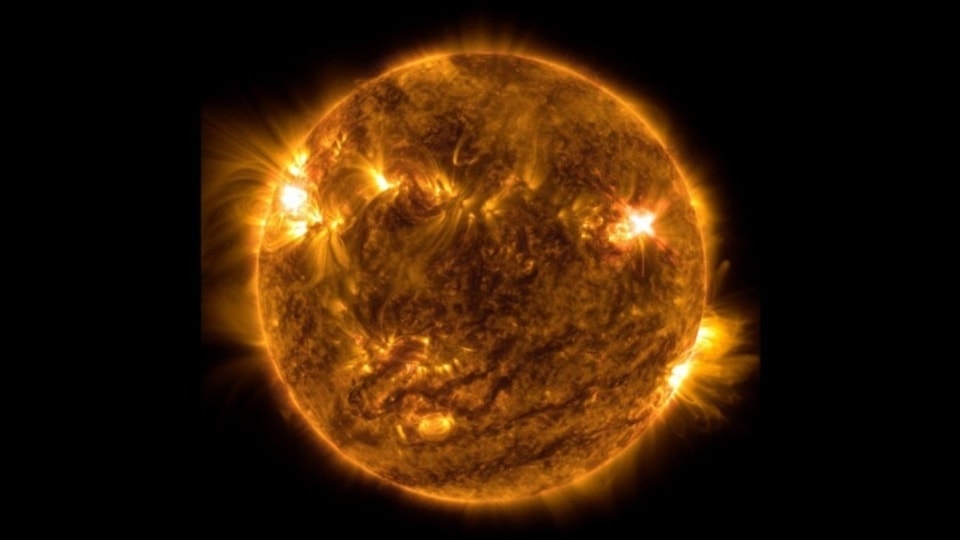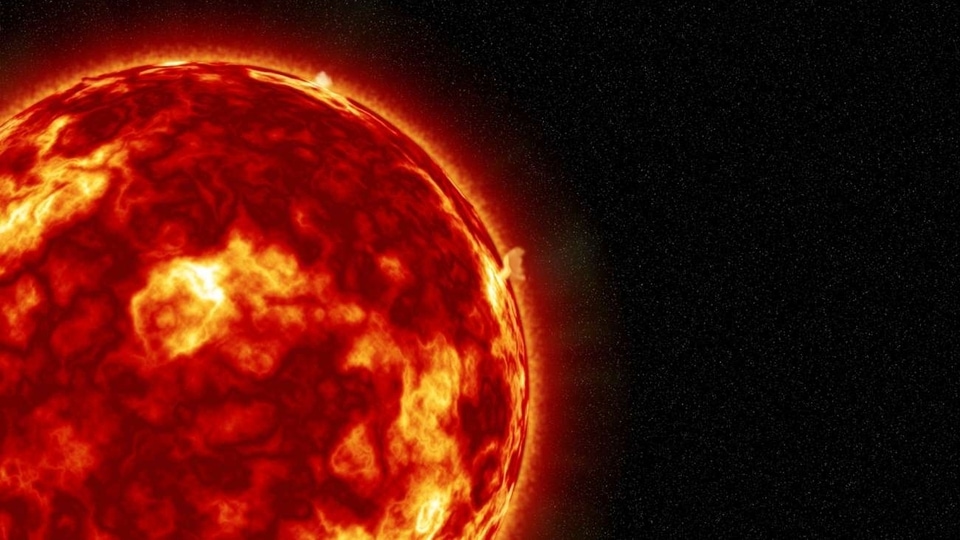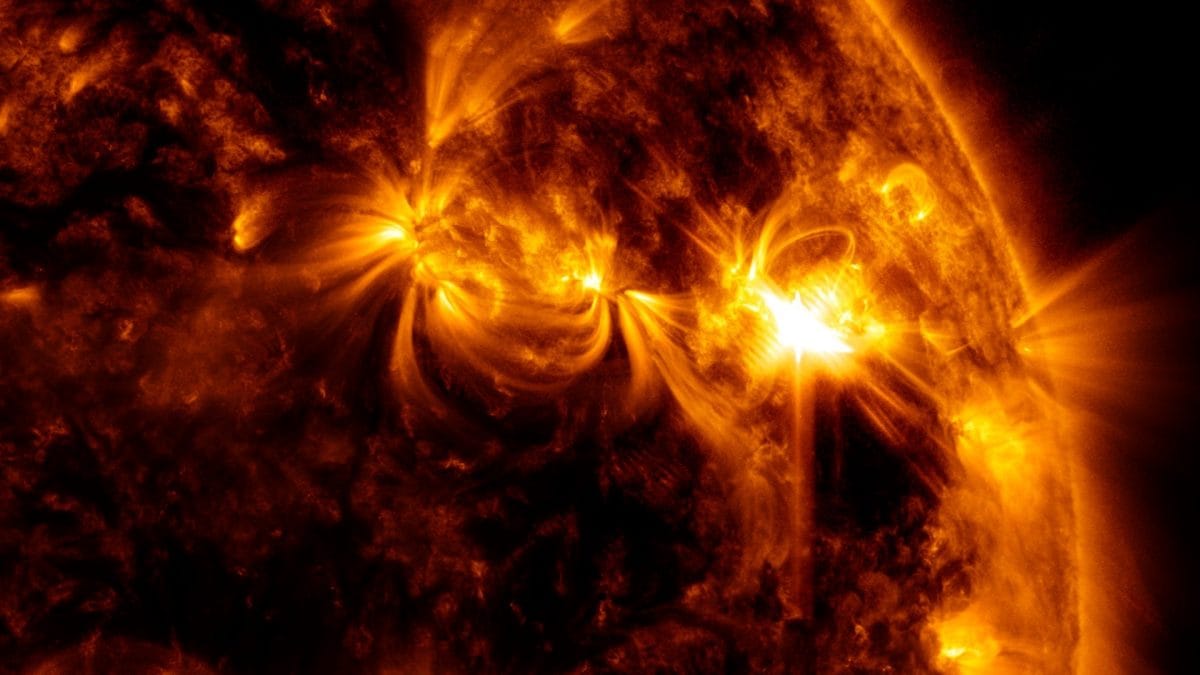Solar storm ALERT! Unstable sunspot takes aim at the Earth; NOAA reveals incoming danger
An unstable sunspot is directly facing the Earth and is crackling with solar flares. NOAA has issued a warning for a solar flare eruption that can lead to a powerful solar storm strike on our planet.






 View all Images
View all ImagesWhile the Earth has escaped solar storms lately, it has been riddled with radio blackouts owing to solar flare eruptions that send extreme ultraviolet radiation toward our planet. Just yesterday, an M2.5-class solar flare erupted, but as it was not Earth-directed, the current predictions do not reveal any threat. However, this is set to change as an unstable sunspot named AR3450 has now appeared directly in front of our planet, and is crackling with solar flares. Space weather researchers believe any explosions now will be geoeffective. On top of that, the National Oceanic and Atmospheric Administration (NOAA) forecast models have predicted a chance for a solar flare eruption today, October 3, that can lead to powerful solar storm activity on Earth.
Claiming the Earth to be in the line of fire, SpaceWeather.com reported, “An unstable sunspot is directly facing Earth. AR3450 has a 'beta-gamma' magnetic field that harbors energy for M-class solar flares. NOAA says there's a 40% chance it will erupt today. If so, the explosion will be geoeffective”.
This information comes coupled with another report from Space Weather Live's X account that posted an M1.9 flare eruption yesterday evening from the same region. Although moderate, its intensity was not as high, and the transitional sunspot was still coming to Earth's view, which means any coronal mass ejection (CME), if at all, will miss the Earth. But, this does highlight the high activity potential of the sunspot region.
Solar storm could soon strike the Earth
For now, we will have to wait and see if the NOAA prediction comes true and if a solar flare indeed erupts today. As sunspots continuously move in and out of Earth's view, the window for a geoeffective event is at maximum a couple of days long.
In case a flare does erupt, it can send CME to our planet which can give rise to an intense solar storm activity that goes as high up as G3-class. Such solar storms can not only damage satellites and disrupt wireless communications such as internet services, mobile networks, and GPS, but they can also cause power grid failures and even disrupt electronics such as heart pacemakers on Earth.
How NASA SDO collects its data
The NASA SDO carries a full suite of instruments to observe the Sun and has been doing so since 2010. It uses three very crucial instruments to collect data from various solar activities. They include the Helioseismic and Magnetic Imager (HMI) which takes high-resolution measurements of the longitudinal and vector magnetic field over the entire visible solar disk, Extreme Ultraviolet Variability Experiment (EVE) which measures the Sun's extreme ultraviolet irradiance, and Atmospheric Imaging Assembly (AIA) which provides continuous full-disk observations of the solar chromosphere and corona in seven extreme ultraviolet (EUV) channels.
One more thing! HT Tech is now on WhatsApp Channels! Follow us by clicking the link so you never miss any updates from the world of technology. Click here to join now!
Catch all the Latest Tech News, Mobile News, Laptop News, Gaming news, Wearables News , How To News, also keep up with us on Whatsapp channel,Twitter, Facebook, Google News, and Instagram. For our latest videos, subscribe to our YouTube channel.





























